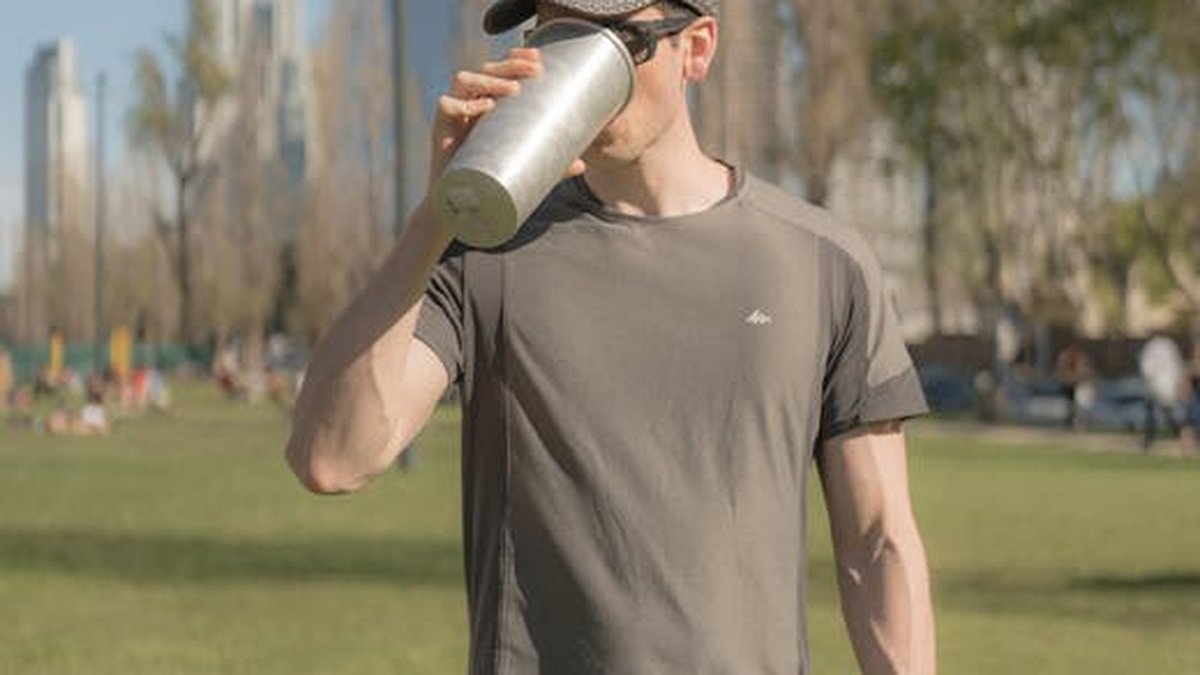We’ve all heard them – those little nuggets of supposed wisdom about our bodies that get passed down through generations. Some are harmless, others are downright misleading, and some can even be detrimental to our health. But how much of what we think we know about our bodies is actually true? It’s time to separate fact from fiction and unveil the scientific truth behind some of the most persistent body myths.
Myth 1: You Only Use 10% of Your Brain
This is perhaps the most enduring and widespread myth of all. The idea that we’re only tapping into a small fraction of our brain’s potential is a tantalizing one, suggesting untapped genius within us all. However, neuroscience has unequivocally debunked this claim.
The Science Says:
Brain imaging techniques like fMRI and PET scans clearly show that we use virtually all parts of our brain over the course of a day. Different areas are active at different times, depending on what we’re doing, but there’s no hidden reserve of unused gray matter. Imagine the implications if we only used 10%! Brain damage would be far less impactful.
Myth 2: Cracking Your Knuckles Causes Arthritis
Many of us have been warned against cracking our knuckles, told it will lead to arthritis later in life. But is there any truth to this old wives’ tale?
The Science Says:
Numerous studies have investigated this claim, and none have found a link between knuckle cracking and arthritis. The popping sound is caused by bubbles of nitrogen gas collapsing in the synovial fluid of your joints. While excessive and forceful manipulation of joints might cause issues, casual knuckle cracking is generally harmless. Feel free to pop away (within reason)!
Myth 3: Eating After 8 PM Leads to Weight Gain
This myth implies that our bodies magically stop processing calories effectively after a certain hour. But the reality is far more nuanced.
The Science Says:
Weight gain or loss is ultimately determined by the total number of calories you consume versus the number of calories you burn. It’s not when you eat, but how much you eat throughout the day. Eating a large, unhealthy meal late at night can contribute to weight gain, but a small, balanced snack is unlikely to have a significant impact if your overall calorie intake is in check.
Myth 4: Shaving Makes Hair Grow Back Thicker and Faster
This is a common misconception, often repeated but without any scientific backing.
Also Read: Does Cracking Your Knuckles Cause Arthritis? The Truth
The Science Says:
Shaving only cuts the hair at the surface of the skin. It doesn’t affect the hair follicle, which is responsible for hair growth. The reason shaved hair may appear thicker is because the blunt end feels coarser and the initial regrowth gives the impression of density. It’s a visual trick, not a biological reality.
Myth 5: Sugar Makes Kids Hyperactive
Many parents believe that sugary treats cause their children to become excessively energetic, but research tells a different story.
The Science Says:
Numerous studies have failed to find a direct link between sugar consumption and hyperactivity in children. While sugary foods can provide a temporary energy boost, the subsequent crash is more likely to lead to fatigue and irritability than hyperactivity. The perceived hyperactivity may be more related to the excitement of the situation (e.g., a birthday party) rather than the sugar itself. Think about the context!
Myth 6: Reading in Dim Light Ruins Your Eyesight
This is a common concern, especially among those who enjoy reading before bed.
The Science Says:
Reading in dim light may cause eye strain and temporary discomfort, but it won’t permanently damage your eyesight. Your eyes may feel tired or dry, but these symptoms are usually temporary and resolve with rest. However, prolonged eye strain can indicate an underlying vision problem, so it’s always a good idea to get regular eye exams.
Myth 7: You Lose Most of Your Body Heat Through Your Head
The idea that we lose a significant portion of our body heat through our heads is a popular one, often used to justify wearing a hat in cold weather.
The Science Says:
This myth originated from studies where people were exposed to extreme cold while wearing only swimwear. Because the head was the only exposed area, it naturally lost a larger proportion of heat. In reality, you lose heat from any exposed part of your body, and the amount of heat lost depends on the surface area and insulation of that area. A hat is still a good idea in cold weather, but it’s important to cover other exposed areas as well.
Myth 8: You Need to Drink Eight Glasses of Water a Day
This guideline is often cited as the gold standard for hydration, but it’s not necessarily right for everyone.
The Science Says:
While staying hydrated is essential for health, the amount of water you need varies depending on factors like activity level, climate, and overall health. You also get fluids from other sources, such as fruits, vegetables, and beverages. Listen to your body’s thirst cues and drink when you’re thirsty. There’s no magic number that applies to everyone.
Myth 9: Eating Turkey Makes You Sleepy
This myth is often attributed to the tryptophan content in turkey, an amino acid that can promote relaxation.
The Science Says:
While turkey does contain tryptophan, the amount is not significantly higher than in other meats. The sleepiness you may feel after Thanksgiving dinner is more likely due to the large amount of food consumed, especially carbohydrates, which can cause a surge in insulin and a subsequent dip in blood sugar. It’s the feast, not just the turkey!
Myth 10: Cellulite Can Be Cured
Cellulite, the dimpled skin that often appears on the thighs and buttocks, is a source of frustration for many. Countless products and treatments claim to eliminate it, but are any of them effective?
The Science Says:
Unfortunately, there’s no permanent cure for cellulite. It’s caused by a combination of factors, including genetics, hormones, and the structure of connective tissue. While some treatments may temporarily improve the appearance of cellulite, they don’t eliminate it completely. Focus on healthy lifestyle habits, such as regular exercise and a balanced diet, which can help improve skin tone and reduce the visibility of cellulite.
Debunking these common body myths allows us to approach our health and well-being with a more informed and empowered perspective. By understanding the science behind these beliefs, we can make better choices for ourselves and avoid falling prey to misinformation. Embrace the truth, trust the science, and celebrate the amazing complexity of your body! It’s a journey of discovery, and every bit of knowledge helps us appreciate the incredible machine we inhabit.






2 thoughts on “10 Common Body Myths You Still Believe — Busted by Science!”
Comments are closed.